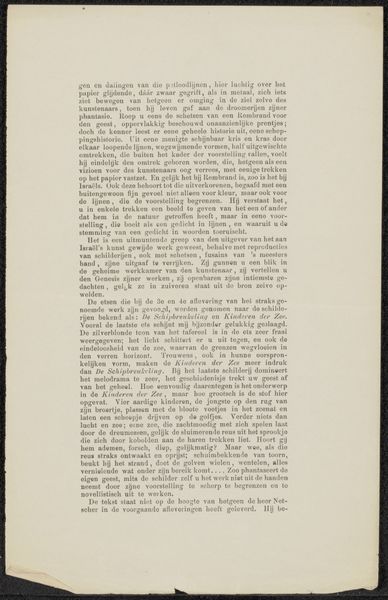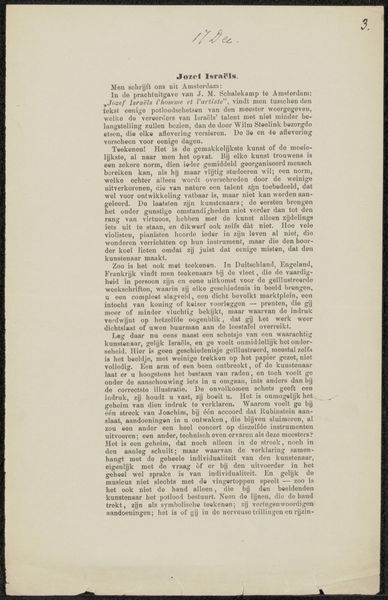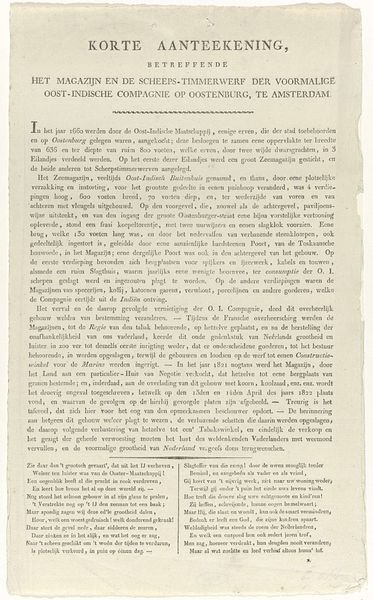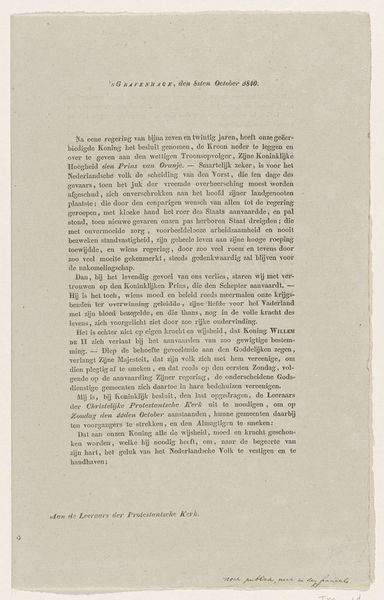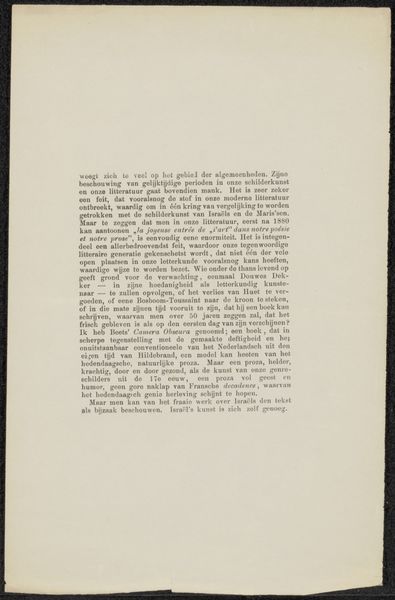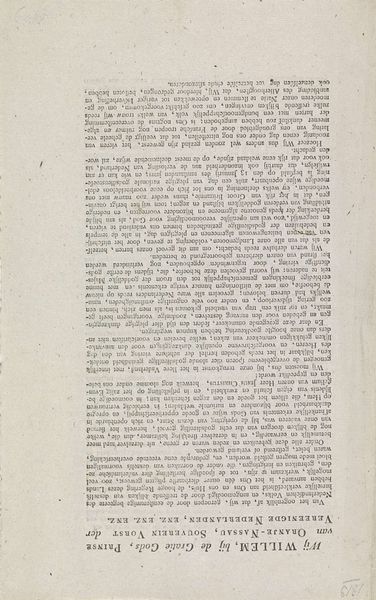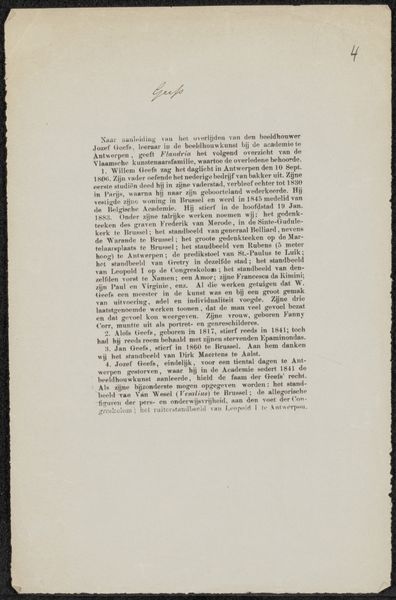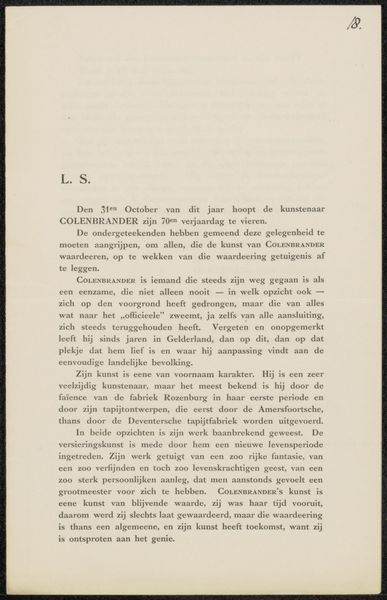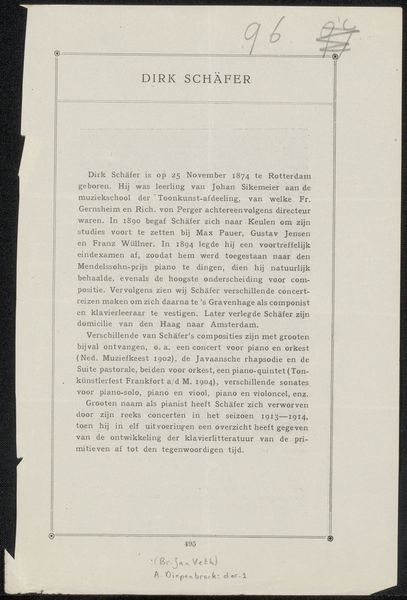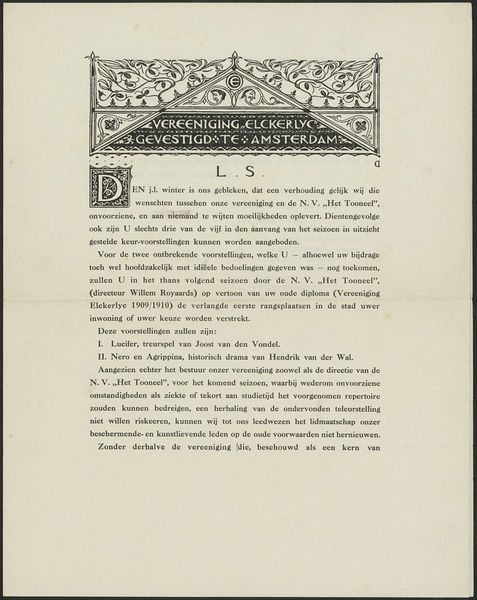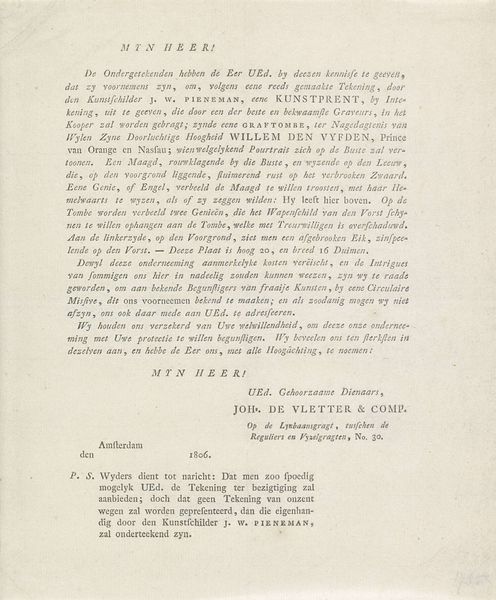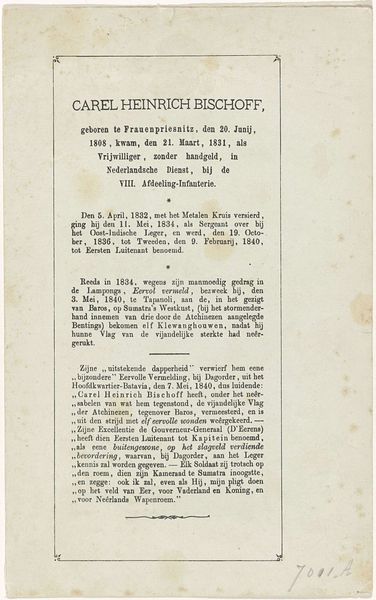
Verklaring over het plaatsen van een gedenksteen in een gebouw aan de Koestraat te Amsterdam waar Jan van der Heyden gewoond heeft, 1912 1912
0:00
0:00
graphic-art, print, textile, paper, typography
#
graphic-art
#
old-fashioned
#
magazine cover layout
#
picture layout
#
art-nouveau
#
parchment
# print
#
textile
#
old fashioned
#
paper
#
typography
#
old-timey
#
photo layout
#
golden font
#
word imagery
#
columned text
Dimensions: height 320 mm, width 446 mm
Copyright: Rijks Museum: Open Domain
Editor: This is a declaration, "Verklaring over het plaatsen van een gedenksteen in een gebouw aan de Koestraat te Amsterdam waar Jan van der Heyden gewoond heeft, 1912." It's from 1912, and looks like a printed document with decorative borders. It feels very official and old-fashioned. What do you see in this piece, especially considering it’s a public declaration? Curator: What strikes me immediately is how this seemingly simple document embodies a very deliberate act of historical narrative construction. It's not just about honoring Jan van der Heyden; it's about solidifying a particular version of Amsterdam's cultural identity. The choice of typography, the formal language – it all points to an attempt to create a sense of continuity and tradition, aligning the Amsterdam of 1912 with its illustrious past. Why do you think they felt the need to publicly declare this act of remembrance? Editor: Maybe to involve the community and ensure the memorial would be respected and seen as important by everyone? Curator: Exactly! Consider the power dynamics at play. The involvement of figures like the Burgemeester and University professors tells us this wasn't just a grassroots initiative. It represents the deliberate actions of established institutions to shape collective memory. The emphasis on Jan van der Heyden, and highlighting where he lived and worked is, essentially, staking a claim to a certain heritage. Do you think this constructed heritage might exclude some narratives, while elevating others? Editor: I suppose it could. By focusing on one figure, other voices and experiences from that time might be unintentionally overshadowed. Curator: Precisely. So, when we look at this declaration, it's crucial to unpack whose stories are being told and, equally important, whose are being left out of the historical record. Examining this work in light of issues like power, representation and collective memory makes this piece extremely resonant and complex. Editor: I never thought of it that way before. I’ll definitely look at these types of declarations differently now. Thanks! Curator: My pleasure! Always remember that every seemingly straightforward artwork carries a deeper story connected to the cultural and political forces of its time.
Comments
No comments
Be the first to comment and join the conversation on the ultimate creative platform.
